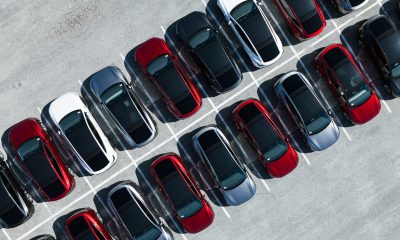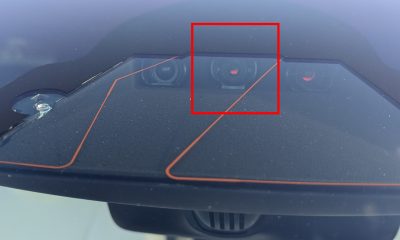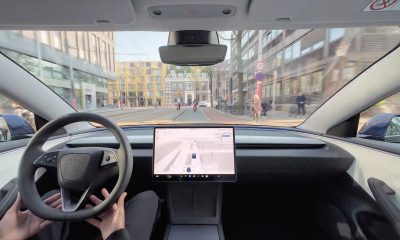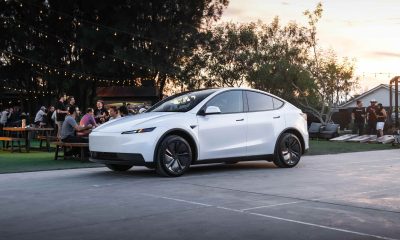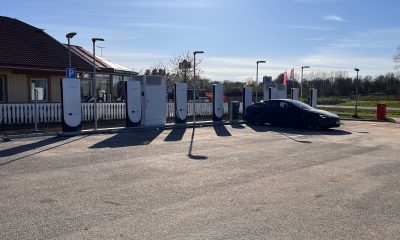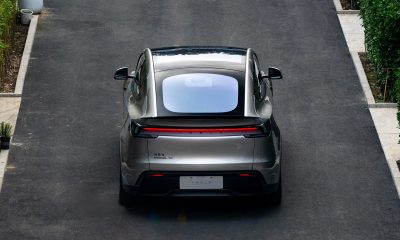News
Tesla Robotaxi is headed to a new U.S. state following latest approval
“Only a trained employee, contractor, or other person authorized by the company can operate or monitor the vehicles.”
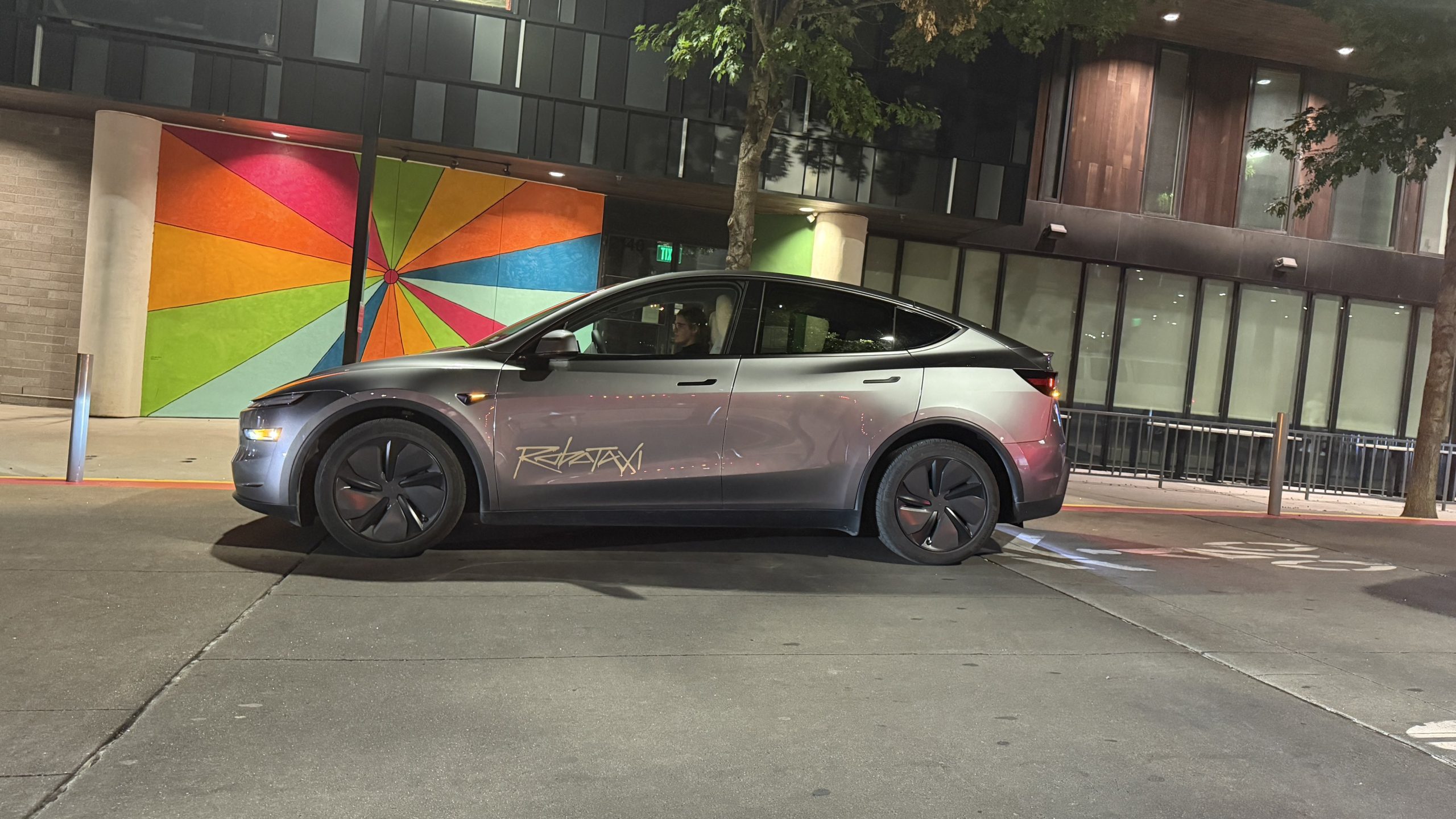
Tesla Robotaxi is headed to a new U.S. state following its latest approval, which was revealed on Friday night.
Tesla has been operating its Robotaxi platform in Texas and California, with Austin being the first city where the company could test a ride-hailing platform without anyone in the driver’s seat.
First launching in Austin in late June, Tesla’s focus has been expanding its service area, its fleet of Robotaxi vehicles, and its rider population, which has grown most recently due to its public launch.
However, Tesla is also filing applications in states where these autonomous driving programs can operate, aiming to expand to all 50 states eventually. CEO Elon Musk said earlier this year that the company should be able to offer Robotaxi rides to roughly half of the U.S. population.
Alongside Texas and California, Tesla recently gained permission to test its Robotaxi in Nevada, marking the third state where it had some form of regulatory permission to perform rides using an unreleased version of the Full Self-Driving suite.
Tesla adjusts one key detail of Robotaxi operations in Austin
Now, Tesla has gained another approval in a new state, its fourth, marking a significant step in its expansion across the U.S.
In Arizona, Tesla gained regulatory approval to begin testing autonomous vehicles on public roads.
BREAKING: Tesla has officially received approval from the Arizona Department of Transportation to start testing autonomous vehicles on public roads.
Today, I confirmed directly with the Arizona DOT that @Tesla has met requirements to begin testing its autonomous vehicles in… pic.twitter.com/kjgFnKEcJF
— Sawyer Merritt (@SawyerMerritt) September 20, 2025
The vehicles in Austin and the Bay Area of California both use what Tesla has been referring to as “Safety Monitors” in the cars. During city operation in Texas, the Safety Monitor sits in the passenger’s seat. When the route takes the car on the highway, the Safety Monitor jumps into the driver’s seat.
Tesla explains why Robotaxis now have safety monitors in the driver’s seat
In California, the Safety Monitor is always in the driver’s seat.
In Arizona, Tesla will also utilize what a communication said was “Safety Drivers,” insinuating that the monitor would be in the driver’s seat. However, another line in the email states:
“Only a trained employee, contractor, or other person authorized by the company can operate or monitor the vehicles.”
It sounds as if there is the potential for the Safety Monitor to be in either seat, much like Tesla’s process in Austin. However, this is currently unconfirmed.
The new approval marks a drastic step forward for Tesla as it has received two new approvals in just two weeks. Regulatory hurdles seem to still be the biggest bottleneck for Tesla in terms of gaining permissions to operate in new states, but things seem to be moving along pretty well so far.
Investor's Corner
Tesla analyst says this common earnings narrative is losing importance
“Numbers are going down next year, but that’s ok because it’s all about autonomy.”
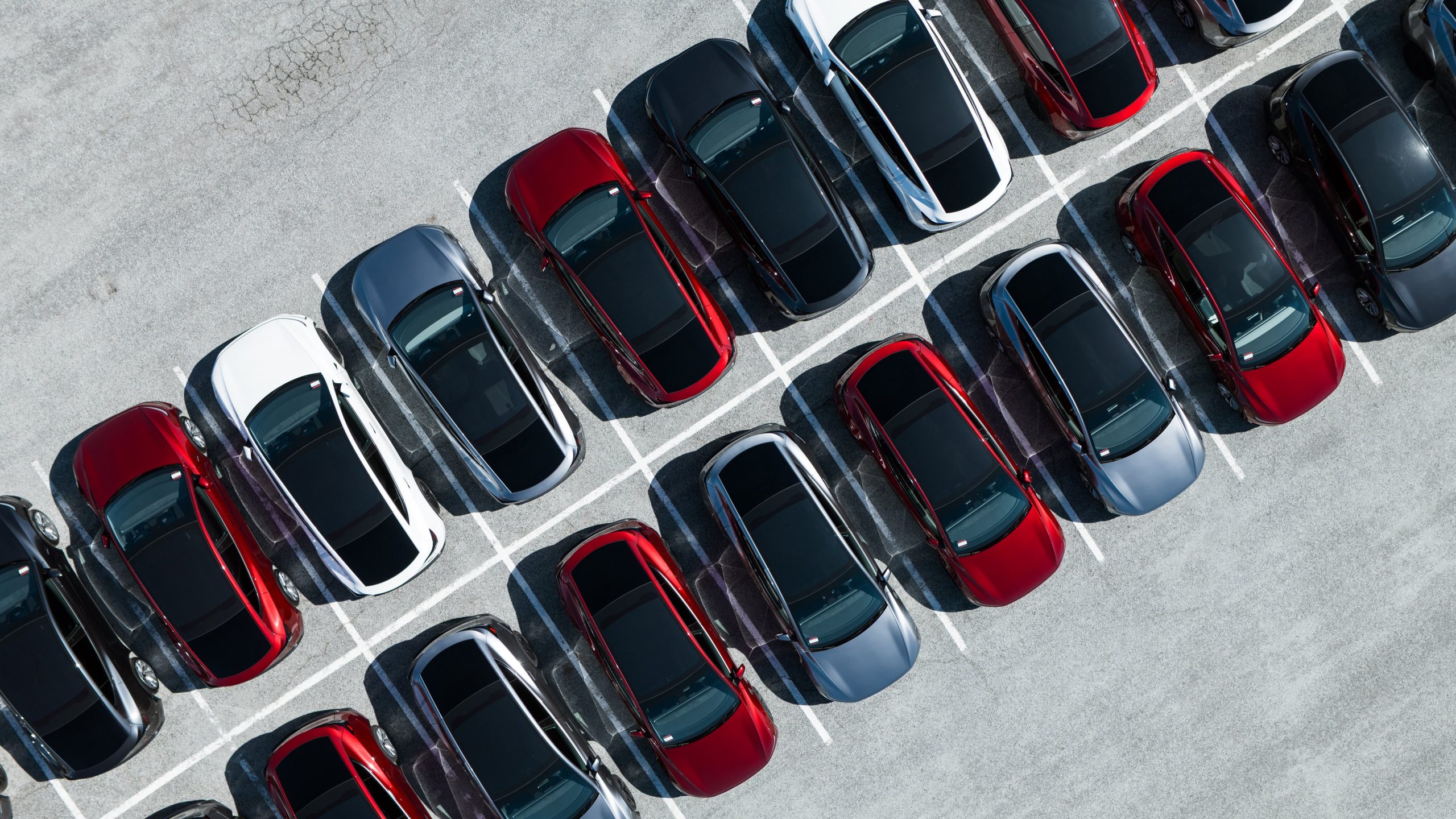
A Tesla (NASDAQ: TSLA) analyst is doubling down on the idea that one common earnings narrative is losing importance as the company continues to work toward new technologies and projects.
This week, Tesla will report earnings for the third quarter, and one thing people always pay attention to is deliveries. Although Tesla reveals its deliveries for the quarter well before it reports earnings, many investors will look for commentary regarding the company’s strategy for responding to the loss of the $7,500 tax credit.
Tesla has made a few moves already, including a lease deal that takes a substantial amount of money off, launching new Standard models, and cutting up to 23 percent off of lease pricing.
Tesla makes crazy move to spur short-term demand in the U.S.
However, analysts are looking at the company in a different light.
Aligning with the narrative that Tesla is not just a car company and has many different projects, Gene Munster of Deepwater Asset Management believes many investors need to look at another part of the business.
Munster said the delivery figures for Q3, which landed at 497,099, the highest in company history, were padded by customers rushing to showrooms to take advantage of the expiring tax credit.
He believes that deliveries will be more realistic in subsequent quarters, but investors should not worry because the focus on Tesla is not going to be on how many cars it hands over to customers:
“Numbers are going down next year, but that’s ok because it’s all about autonomy.”
Here’s the $TSLA preview. Numbers are going down next year, but that’s ok because it’s all about autonomy. pic.twitter.com/mUb9scFtCA
— Gene Munster (@munster_gene) October 17, 2025
Tesla has been working nonstop to roll out a dedicated Robotaxi platform in various cities across the United States, and has already launched in two states: Texas and California.
It has also received regulatory approvals to test driverless Robotaxis in Arizona and Nevada, while seeking permissions in Florida and other states, according to the company’s online job postings.
Munster continued:
“Most people are hyper-focused on the Robotaxi opportunity and not focused as much on FSD.”
While Robotaxi is incredibly important, Tesla’s Full Self-Driving (Supervised) suite is also extremely crucial moving forward, as it sets the stage for the company to roll out a formidable self-driving service.
Tesla rolled out its newest FSD software to more owners last night, and as it expands, the company is gaining valuable data to refine its performance.
Earnings will be reported tomorrow at market close.
News
Tesla rolled out a new feature with FSD v14 to fix a major complaint
One of the most crucial cameras for FSD operation is located at the top of the windshield, and some owners have complained about condensation or other debris accumulating here, which impacts FSD’s availability during drives.
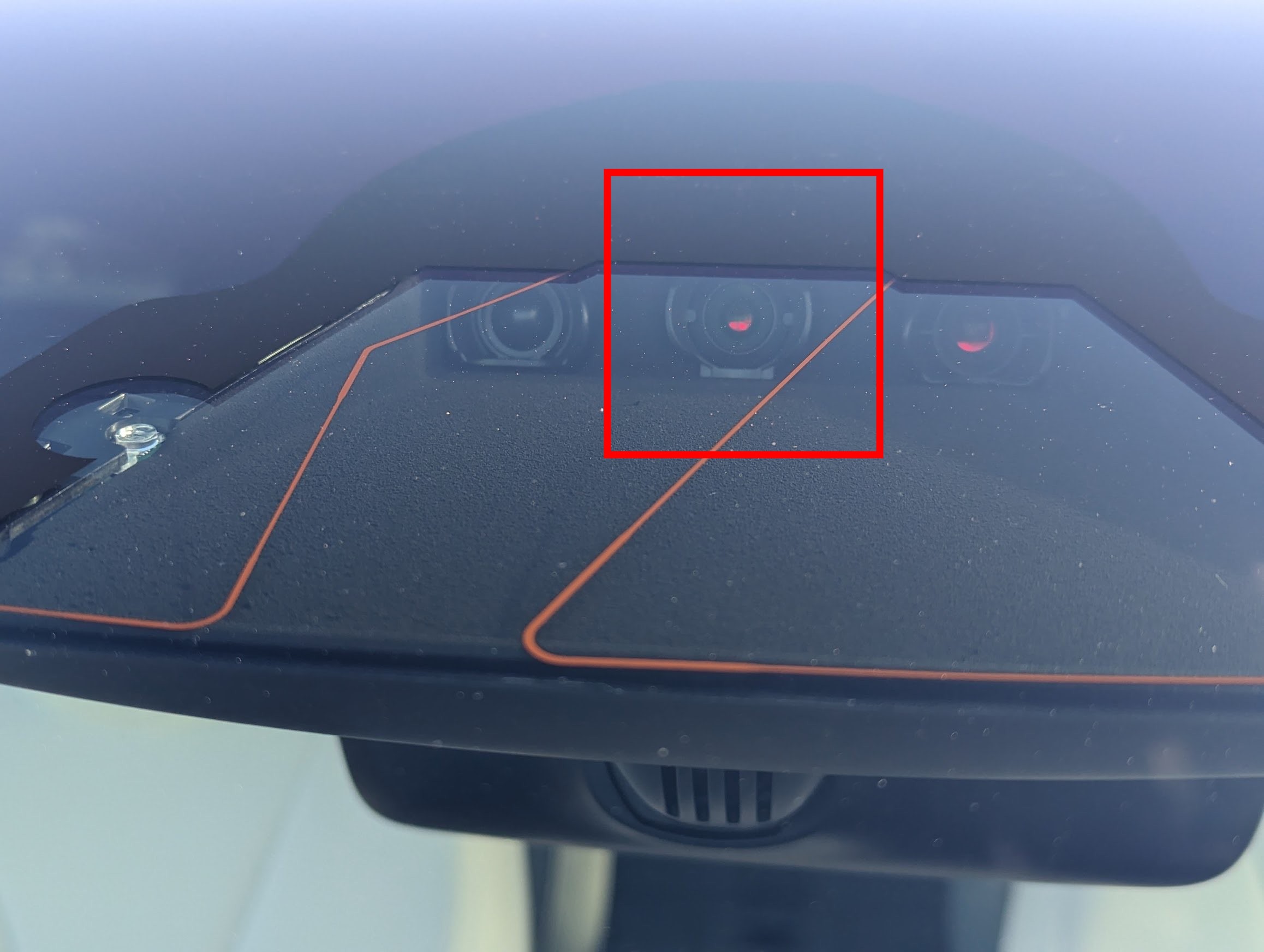
Tesla rolled out a new feature with Full Self-Driving (Supervised) v14.1.3 in an effort to fix a major complaint from owners.
Tesla’s approach to self-driving is significantly different than other companies as it only relies on cameras for operation. Tesla Vision was launched several years ago and completely axed any reliance the suite had on sensors, as CEO Elon Musk’s strategy was unorthodox and went against the grain.
However, it has proven to be effective, as Tesla still operates the most refined semi-autonomous driving suite in the United States.
There are some drawbacks, though, and one of them has to do with the obvious: cameras get dirty and need to be cleaned somewhat regularly.
One of the most crucial cameras for FSD operation is located at the top of the windshield, and some owners have complained about condensation or other debris accumulating here, which impacts FSD’s availability during drives:
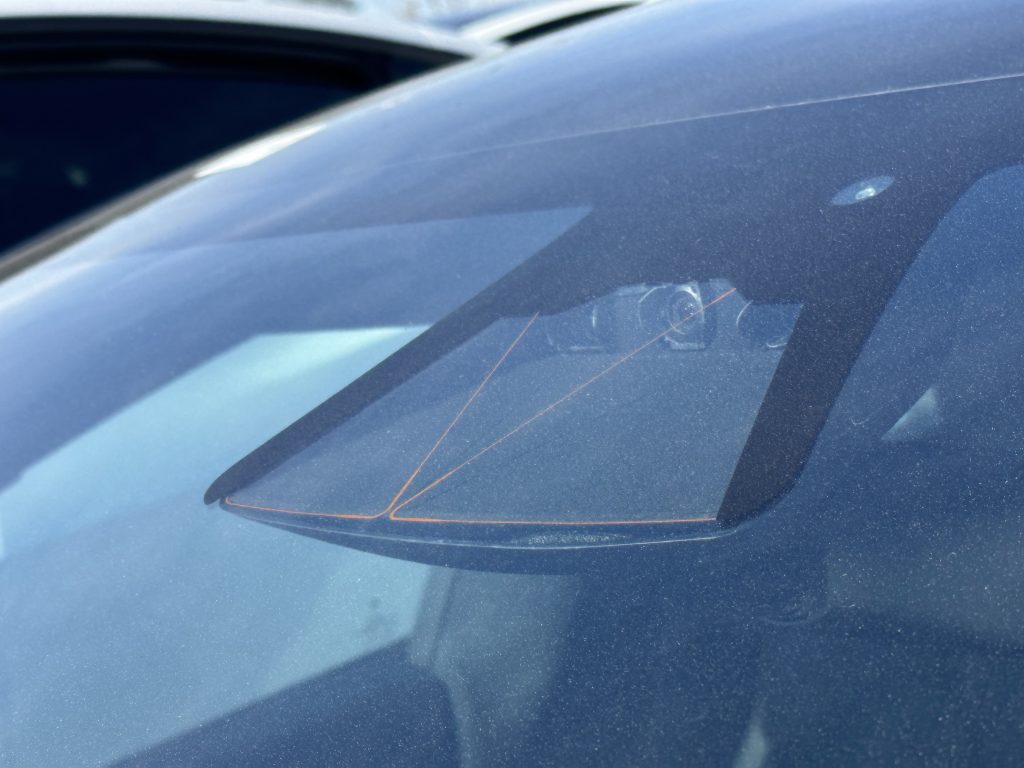
Image Credit: The Kilowatts/Twitter
Tesla has been working to confront this issue, and in classic fashion, it used a software update to work on resolving it.
With the rollout of Full Self-Driving v14.1.3 and Software Version 2025.32.8.15, Tesla added a new feature that aims to clean the front camera efficiently without relying on the owner to do it manually.
Tesla Full Self-Driving’s new version officially gets a wider rollout
In its release notes for the suite, it said:
“Added automatic narrow field washing to provide rapid and efficient front camera self-cleaning, and optimize aerodynamics wash at higher vehicle speed.”
If the camera starts to have some issues with visibility, the car will automatically clean the front windshield camera to avoid any issues:
Tonight was the first time I experienced the new @Tesla FSD V14 windshield wiper front camera self-cleaning feature.
Tesla: “Added automatic narrow field washing to provide rapid and efficient front camera self-cleaning, and optimize aerodynamics wash at higher speed.” pic.twitter.com/Pu0vRa3tDx
— Sawyer Merritt (@SawyerMerritt) October 21, 2025
This new addition is a small but mighty change considering all things. It is a necessary process to keep things operational and avoid any disruptions in FSD performance. It is also a testament to how much better Tesla vehicles can get with a simple software update.
News
Tesla Full Self-Driving’s new version officially gets a wider rollout
So far, v14 has introduced a handful of new features and improvements, but the first versions needed refinement before Tesla made an effort to expand the population. It had issues with a brake stutter, but this has been mostly resolved.
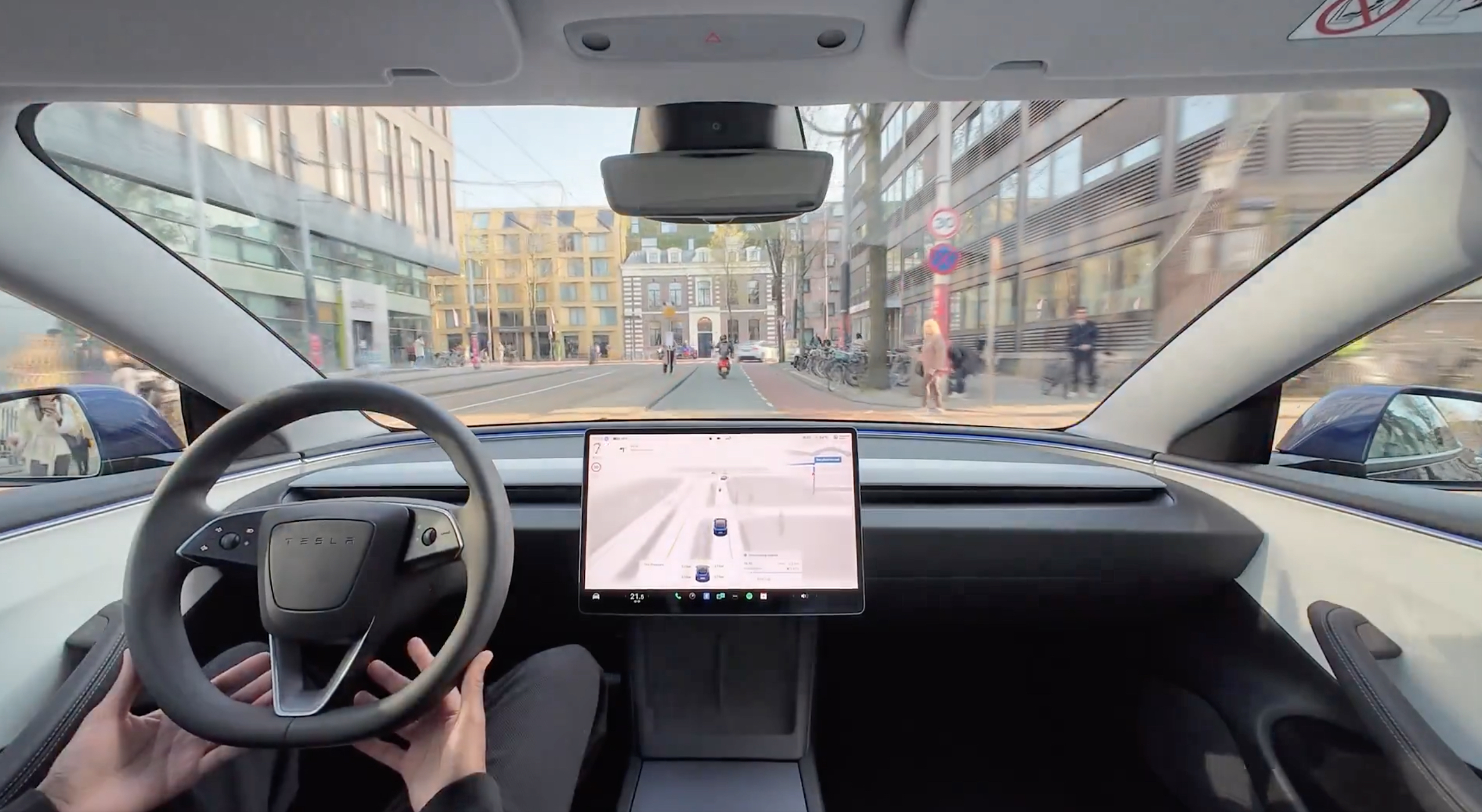
Tesla’s newest Full Self-Driving version is officially rolling out wider to customers outside of the Early Access Program (EAP), in preparation for a total launch of the new v14 suite.
Over the past several weeks, Tesla has been working to refine its new v14 Full Self-Driving (Supervised) in an effort to have it ready for the entire fleet of vehicles in the United States. We are lucky enough to be in the EAP, so we’ve been able to test new features and rollouts first-hand.
So far, v14 has introduced a handful of new features and improvements, but the first versions needed refinement before Tesla made an effort to expand the population. It had issues with a brake stutter, but this has been mostly resolved.
Additionally, the rollout of the new Mad Max Speed Profile has gathered some attention.
🚨 Tesla “Mad Max” testing on FSD v14.1.2
It drives like a human being! Consistent lane changes, keeps up with quicker traffic, very refined
Well done Tesla Team pic.twitter.com/wzTucDhczA
— TESLARATI (@Teslarati) October 19, 2025
Now that Tesla has started rolling out v14.1.3 yesterday to EAP members, the company ultimately decided that it was time to expand the software to more vehicles, as many owners are reporting that they’re receiving it:
We are SOOOO BACK!
v14.1.3 installing on my 2024 Model 3!@WholeMarsBlog pic.twitter.com/uNHOc9fyV8— Joseph (@ScarantinoX) October 20, 2025
Additionally, the suite has started to expand to Model S and Model X vehicles, so this rollout is not exclusive to Model 3 and Model Y:
I did over an hour of driving with FSD v14.1.3 in my Model S tonight and experienced 0 disengagements. First impressions video uploading shortly… pic.twitter.com/aFfmBphAsC
— Dan Burkland (@DBurkland) October 21, 2025
The only issue with this rollout is that it still appears to be missing the Cybertruck, which Tesla was transparent about earlier this month. Although the company planned to release v14 to Cybertrucks by the end of the month, there has been no hint that this is going to happen.
This is already the third iteration of v14 in the past two weeks, indicating that Tesla is truly addressing the shortcomings of past versions and rolling out updates as quickly as possible.
-

 Elon Musk5 days ago
Elon Musk5 days agoSpaceX posts Starship booster feat that’s so nutty, it doesn’t even look real
-

 Elon Musk4 days ago
Elon Musk4 days agoTesla Full Self-Driving gets an offer to be insured for ‘almost free’
-

 News3 days ago
News3 days agoElon Musk confirms Tesla FSD V14.2 will see widespread rollout
-

 News4 days ago
News4 days agoTesla is adding an interesting feature to its centerscreen in a coming update
-

 News7 days ago
News7 days agoTesla launches new interior option for Model Y
-

 News6 days ago
News6 days agoTesla widens rollout of new Full Self-Driving suite to more owners
-

 Elon Musk4 days ago
Elon Musk4 days agoTesla CEO Elon Musk’s $1 trillion pay package hits first adversity from proxy firm
-

 News2 days ago
News2 days agoTesla might be doing away with a long-included feature with its vehicles


